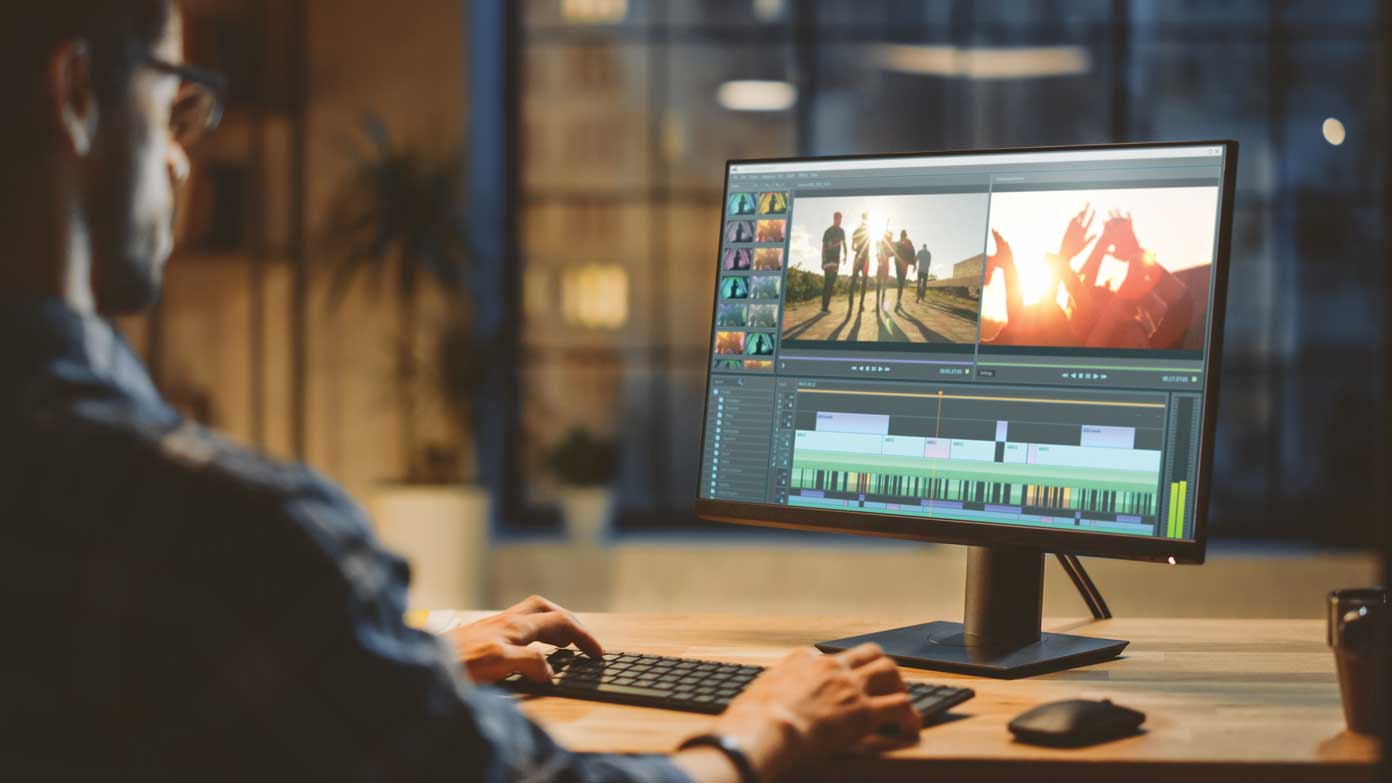Here’s a detailed guide on how to choose the right equipment for your online course. The digital age has transformed education, making it more accessible and flexible than ever before. Online learning is now a popular and practical choice for professionals seeking to enhance their skills and students pursuing their education. With a plethora of subjects to choose from and the flexibility to learn at your own pace, online courses have become indispensable assets for personal and professional growth. But to make the most out of your online learning experience, it’s essential to have the right equipment in place. So, let’s get started.
It’s hard to choose the greatest LMS platform. Check Teachable it’s a good choice.
How to Choose The Right Equipment For Your Online Course
Just wanted to give you a heads-up. This post is only for individuals who want to establish an online course and want to know more about the equipment that will help them do it.
Now it’s time to get down to business.
2. Microphone
Choosing a microphone is one of the most important online course-related investments you’ll make. When producing online classes, sound quality is far more important than video quality.
Bad audio can be rather annoying when you’re trying to learn something new! Nothing is more aggravating than audio that is too low, garbled, or distorted by noise and/or background sound when you’re trying to study something.
We recommend investing in a good microphone if you’re going to spend money on anything.
Setup at a low cost
If you’re on a limited budget and can’t afford to spend much right now, you’ll have to make do with the built-in microphone on your phone or computer. However, bear in mind that you will not be getting the best quality, so upgrade if at all possible!
Medium-sized set-up
Fortunately, you don’t need to spend a lot of money to get professional-sounding audio. All you’ll need is a USB microphone that plugs into your computer.
Excellent set-up
For the best audio quality and versatility, a lapel mic will almost probably be necessary.
After you’ve narrowed down your microphone requirements, you’ll need to consider lighting. That is precisely what we will do next.
4. Software for Video or Audio Editing
Editing software is a must-have when creating videos and audio for an online course. Because you’ll undoubtedly fumble and hesitate.
If you don’t have a way to edit out your mistakes, you’ll have to re-record your video/audio every time you make a mistake. You can imagine how ineffective that would be!
Setup with a limited budget
There are various free solutions if you don’t want to spend money on editing software. For example, if you have an iOS device, you will have iMovie.
You can get free versions if you have a Windows computer or an Android phone. Just keep in mind that with the free version, you’ll have to deal with commercials all the time.
Setup with a moderate budget
If you don’t have a lot of money to spend on a video editing software, Screencast-O-Matic is a good option. It’s simple to use and has a quick learning curve.
You’ll also need it for video and screen recording, so it’s all in one place. If your video-changing demand is basic, this is the option for you. You also don’t want to waste time learning how to utilize complicated video/audio editing tools.
Setup on a higher budget
If you require a lot of extra versatility when it comes to video editing, you’ll want to use Camtasia (Mac & PC) or Screenflow. For high-end video editing, you can also utilize PremierPro or Final Cut Pro. Keep in mind, though, that these programs require a high level of ability!
Get a Huge Discount On the greatest LMS platform
Quick Links:






